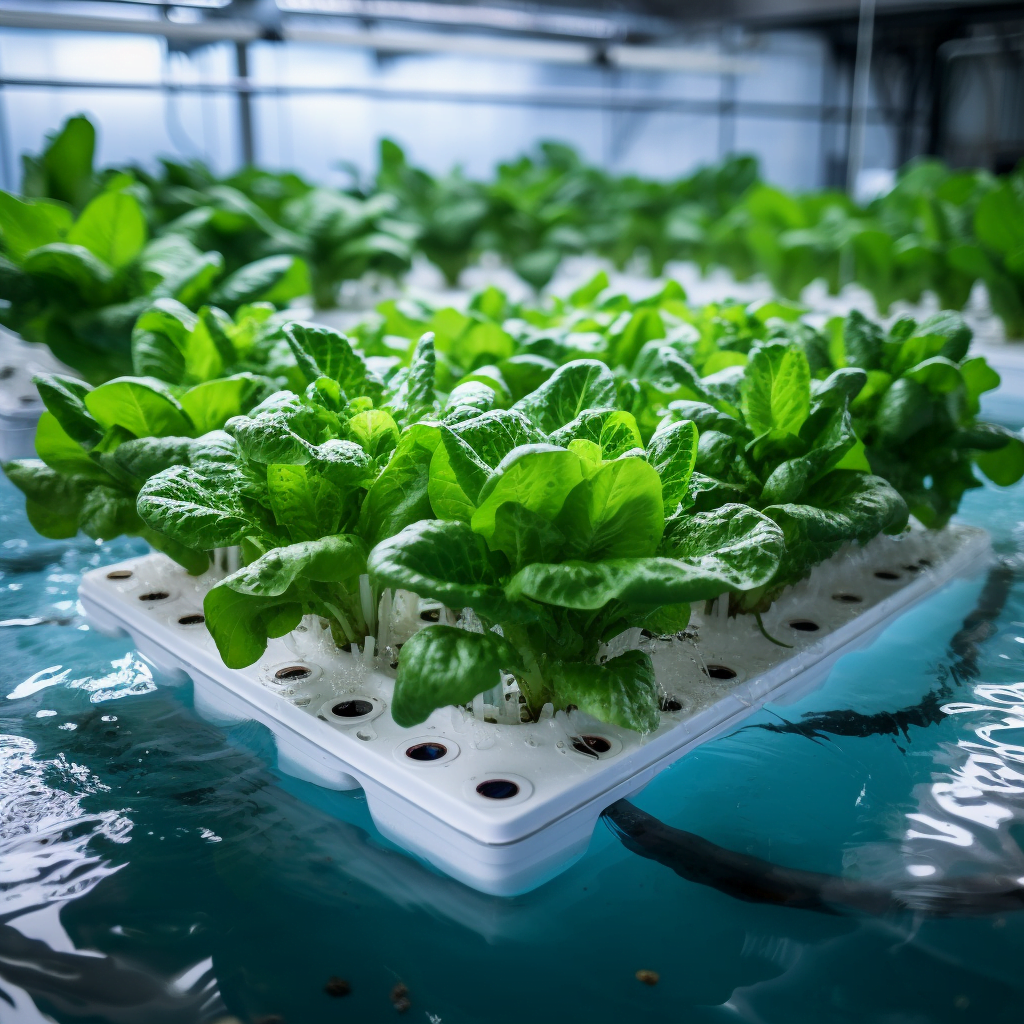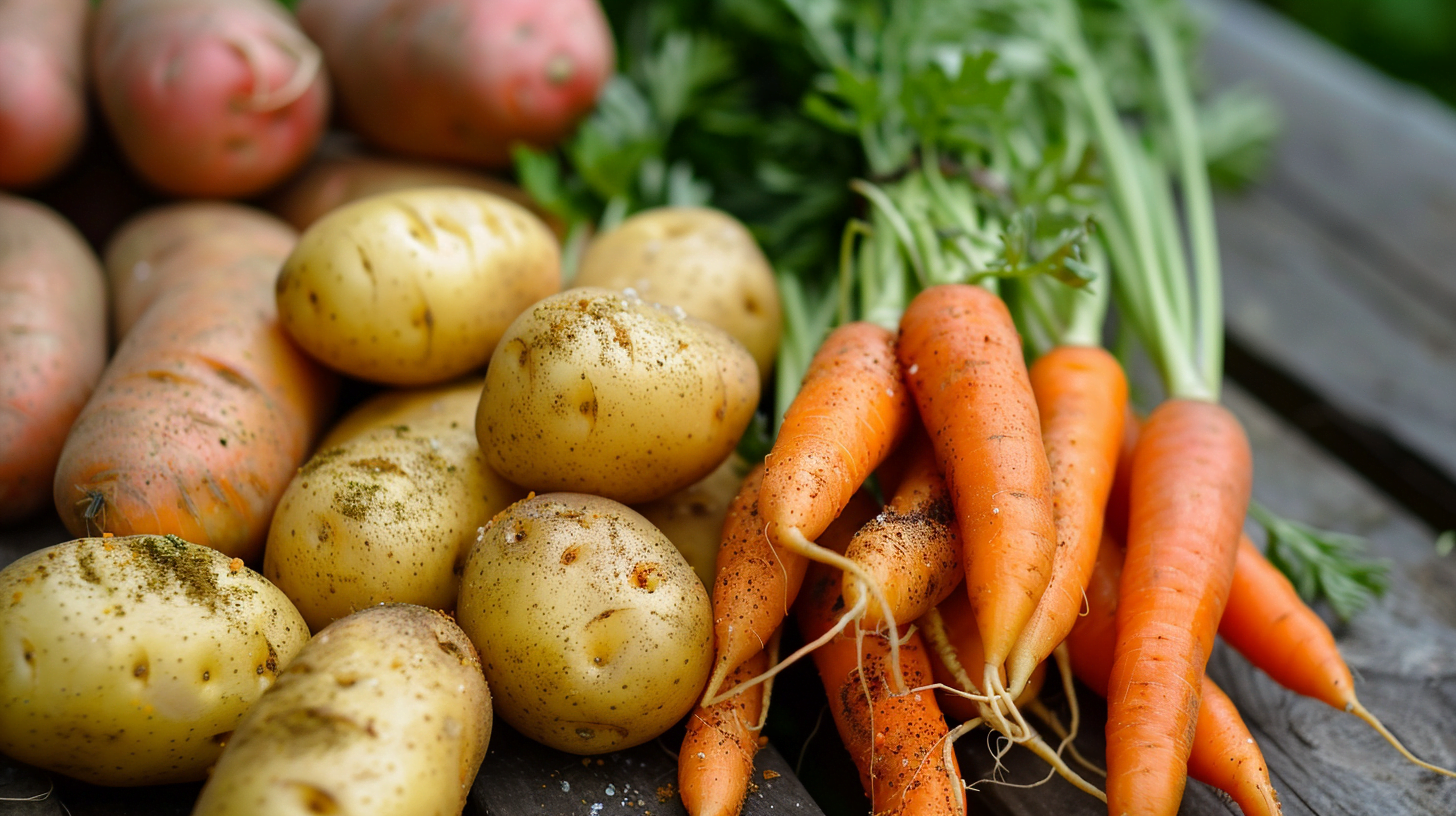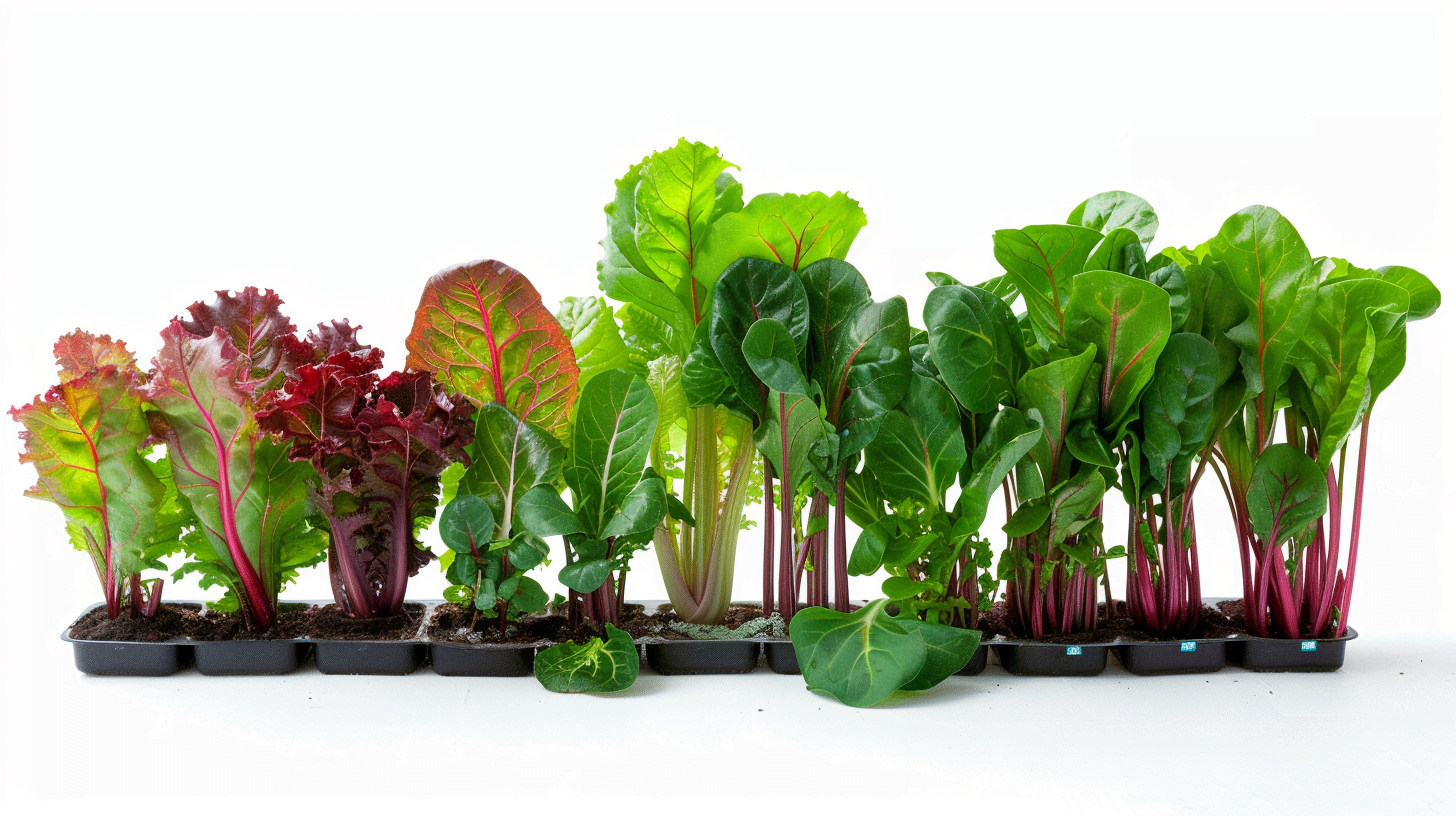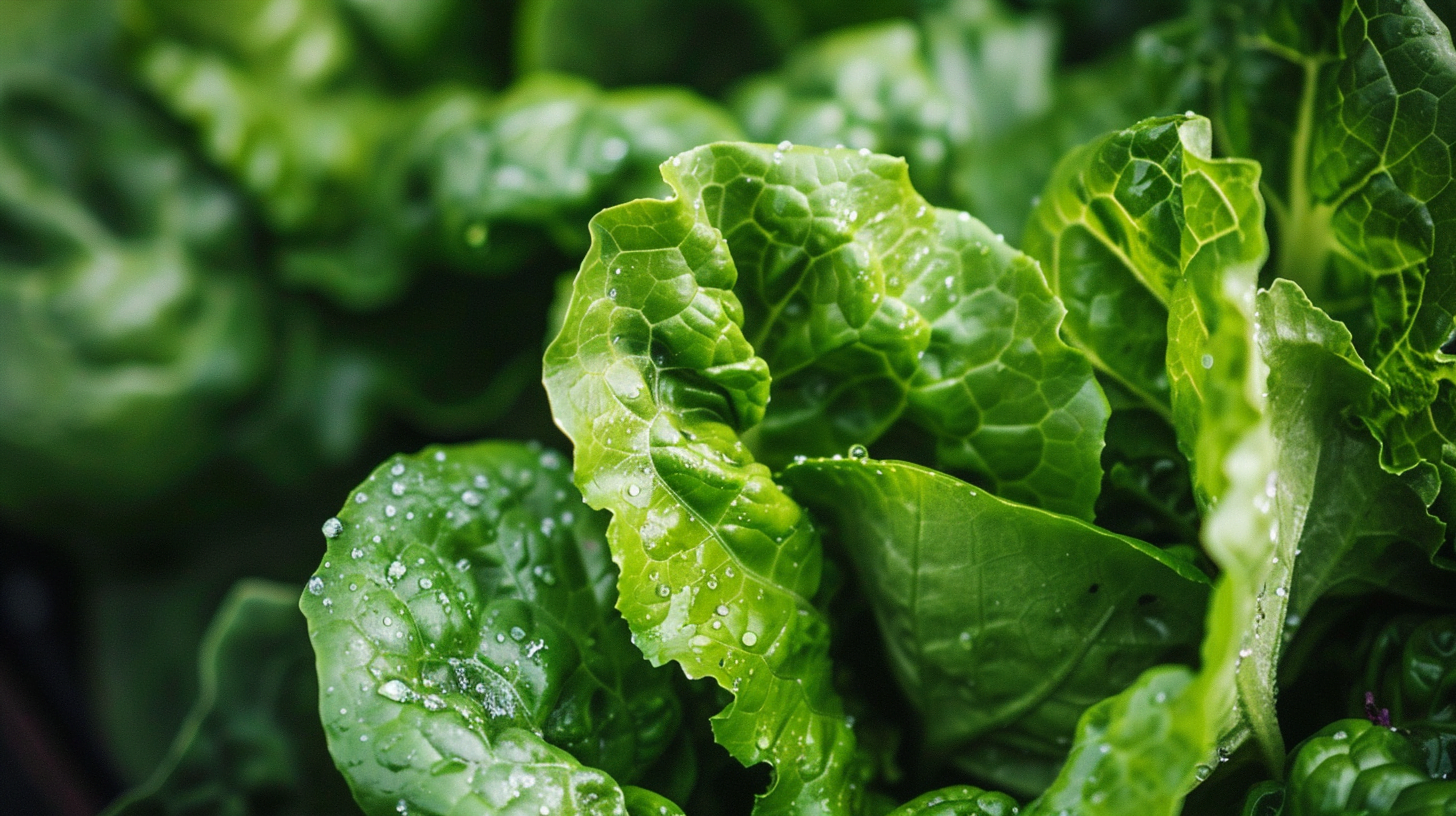Introduction
Hydroponics is the method of growing plants without soil by supplying nutrient-rich water directly to the roots. This agricultural technique provides many benefits compared to traditional soil-based farming, including faster growth rates, higher crop yields, reduced water usage, precise control over nutrients, and the ability to grow plants anywhere. But how exactly do hydroponically grown plants get the essential nutrients they need to thrive without soil? Let´s find out the answer to How Do Hydroponically Grown Vegetables Get Their Nutrients?
Plants require 17 essential macro and micronutrients for healthy growth. In hydroponic systems, these nutrients are delivered through formulated chemical nutrient solutions tailored specifically for hydroponic cultivation. This comprehensive guide will provide an in-depth overview of the key nutrients plants need, how nutrient solutions supply them in hydroponic setups, the various methods of nutrient delivery, important factors in managing and maintaining proper nutrient levels for optimal plant health and yields, the interactions between grow media and nutrients, and the advantages hydroponic nutrient control provides.
Macronutrients and Micronutrients For Plant Growth
Plants require three primary macronutrients in relatively large quantities: nitrogen, phosphorus, and potassium. They also need smaller amounts of essential micronutrients like calcium, magnesium, and iron.
Nitrogen
Nitrogen is arguably the most important nutrient for plant growth. It is essential for the formation of amino acids, proteins, chlorophyll, and nucleic acids. Nitrogen promotes rapid leaf growth, green vegetative growth, and overall plant vigor. Deficiencies result in stunted, slow growth and chlorotic, yellowing leaves.
Phosphorus
Phosphorus supports root formation, flowering, fruit set, and seed production. It aids in energy transfer reactions within the plant. Lack of phosphorus leads to reduced flowering, poor root development, and lower yields.
Potassium
Potassium helps regulate water uptake, activates plant enzymes, and is vital for photosynthesis. It bolsters plants’ defenses against diseases and environmental stress. Potassium deficiency causes weak, stunted stems, scorched leaf tips, and vulnerability to pathogens.
Calcium
Calcium strengthens cell walls and is necessary for growth of shoot and root tips. It facilitates plant enzyme activation and nitrate uptake. Calcium deficiencies cause distorted new growth and leaf tip burn.
Magnesium
Magnesium is the central core of the chlorophyll molecule and so is critical for photosynthesis. It also aids enzyme activation and phosphorus utilization. Lack of magnesium results in interveinal leaf chlorosis and necrotic spots.
Iron
Iron is essential for chlorophyll synthesis and electron transport in photosynthesis. Deficiencies lead to severe chlorosis between leaf veins.
Zinc
Zinc is necessary for auxin production, starch formation, and ripening of fruit. Shortage of zinc causes reduced internodes, little leaf, and stunted plants.
Boron
Boron improves calcium uptake, cell wall synthesis, and pollen germination. Deficiency causes foliar damage, brittle leaves, and hollow stems.
Manganese
Manganese activates important plant enzymes and is involved in chlorophyll production. Plants lacking manganese develop chlorotic spotting and necrosis.
Copper
Copper helps catalyze metabolic reactions and aids in pollen formation. Deficiencies result in wilting, chlorosis, and reduced yields.
Molybdenum
Molybdenum enables plants to carry out nitrogen fixation and form proteins. Shortages lead to marginal leaf scorching and failure to fix nitrogen.
Chlorine
Chlorine is required for osmoregulation, ion balance, and photosynthesis. Deficiency causes wilting and chlorosis of leaves.
Without adequate levels of both macronutrients like nitrogen and potassium and micronutrients like iron and boron, plants will become deficient and exhibit impaired growth and yields.
Delivery of Nutrients Through Hydroponic Solutions
In hydroponic systems, essential plant nutrients are delivered through premixed chemical nutrient solutions designed specifically for hydroponic cultivation.
Hydroponic Nutrient Solutions
Premixed hydroponic nutrient solutions provide plants with the optimal levels of macronutrients and micronutrients tailored to the plant variety and growth stage. There are one, two or three part formulas available from reputable hydroponic nutrient brands like General Hydroponics, Botanicare, Advanced Nutrients, Greenway Nutrients, and many more.
These specialized hydroponic nutrients are scientifically formulated with the proper ratios of nitrogen, phosphorus, potassium, and micronutrients plants need. Growers simply have to dilute and mix the nutrients per the manufacturer’s instructions into water to create a nutrient reservoir. Many offer multiple formulations to cater to different growth phases – from starting seeds and cuttings to aggressive vegetative expansion to prolific flowering and fruit production.
Some examples of popular hydroponic nutrient solution formulas:
- General Hydroponics Flora Series – pioneering 3 part system (FloraGro, FloraBloom, FloraMicro)
- Botanicare Pure Blend – 2 part vegetative and blooming formulas
- Advanced Nutrients – wide selection of 2 and 3 part systems
- Greenway Nutrients GROW – all-in-one mix for the full plant life cycle
- GH MaxiGrow/MaxiBloom – 2 part system for vegetative and flowering stages
Following the recipes provided by the nutrient companies ensures plants get the nitrogen, phosphorus, and potassium ratios suited to each particular growth phase. The solutions are pH buffered as well to deliver nutrients in a form plants can optimally absorb.
Recirculating vs Non-Recirculating Systems
There are two main methods of working with nutrient solutions in hydroponic systems:
Recirculating
- Nutrient solution reused continuously
- Excess solution recycled back into the reservoir
- Requires periodic testing and adjustment of nutrient levels
- Nutrients topping up as needed
Non-recirculating
- Nutrient solution used once before being discarded
- No recycling back to the reservoir
- Easy to control nutrient levels but more wasteful
Most hobby and commercial systems utilize recirculating methods to minimize waste. Home deep water culture and ebb and flow systems work well with recirculating nutrients. Commercial operations like nutrient film technique rely on non-recirculating trays of solution.
Recirculating systems require occasional measurement of pH and electrical conductivity to monitor the level of dissolved salts and nutrients. However, non-recirculating setups require less testing since the solution is replaced frequently.
Choosing the Right Nutrient Formulation
With so many hydroponic nutrient brands available, it’s important to select the right formulation based on:
Plant Variety
Different plant species and varieties have differing nutritional needs. For example, heavy fruiting plants like tomatoes require more phosphorus and potassium compared to leafy greens. Lettuce and other greens need more nitrogen for lush vegetative growth. Peppers, flowering plants, and herbs do well with balanced macro- and micronutrients. Most quality nutrient formulas will offer versions tailored for different crop groups – fruits, flowers, vegetables, and herbs.
Growth Stage
Younger seedlings and freshly rooted cuttings need lower levels of nutrients focused on nitrogen, phosphorus, and calcium to spur early growth and root establishment. Vegetative plants require more nitrogen, magnesium, and micronutrients for green leafy expansion. Fruiting and flowering needs shift to higher phosphorus, potassium, and boron to support prolific yields.
Quality hydroponic nutrient formulas offer versions like:
- Seedling/cutting starter solution
- Vegetative growth booster
- Transition to bloom solution
- Ripening/flowering enhancer
This allows growers to modify concentrations over the different seasons of plant growth.
Manufacturer Instructions
Every brand uses unique compositions and concentrations of ingredients in their formulas. It’s essential to follow the instructions provided on their nutrient packages for amounts to use at each stage. Too little can starve plants while excessive amounts cause fertilizer burn. With proper mixing, hydroponic nutrients provide the optimum nutrition customized to the plant variety and growth phase.
By selecting the right formulation and precisely following directions, hydroponic growers can dial in nutrients tailored to their specific plants’ needs.
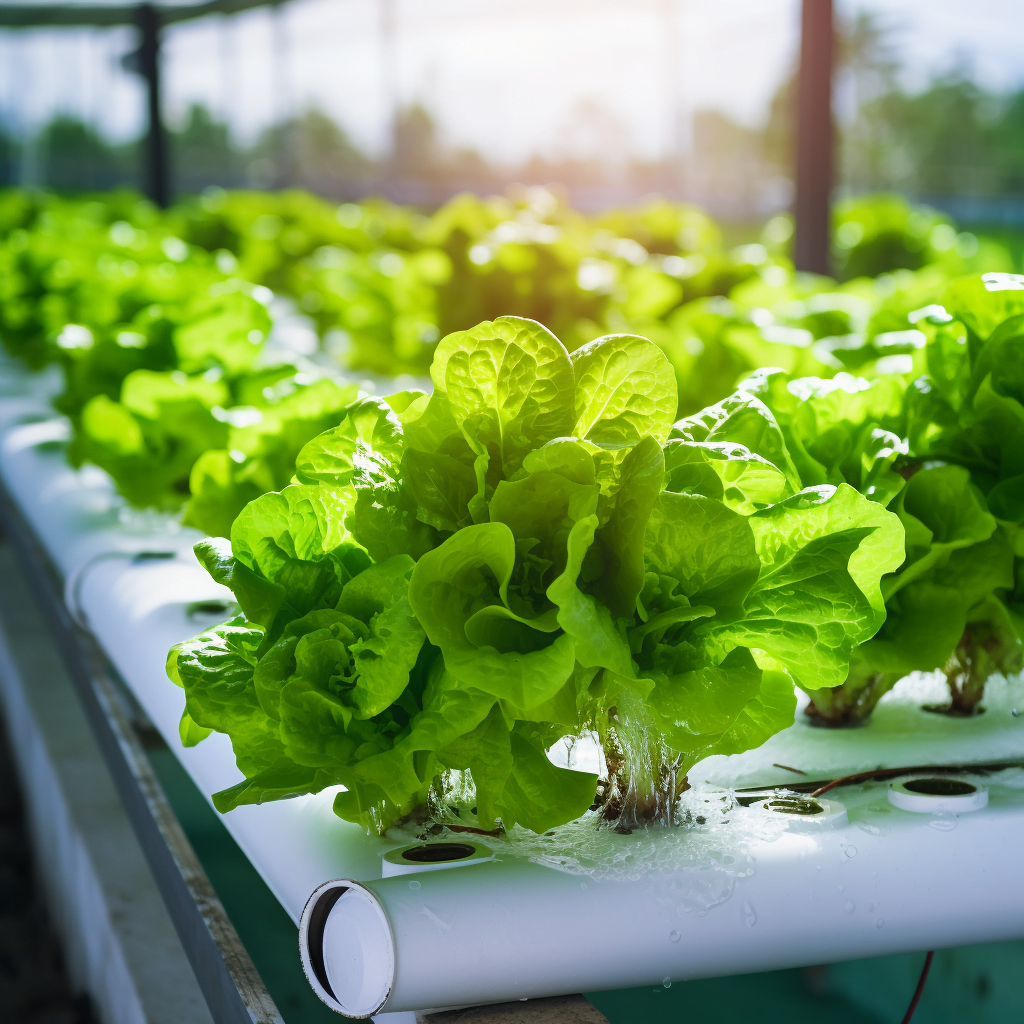
Monitoring and Maintaining Nutrient Levels
To ensure plants are receiving the proper amount of nutrients, regular testing of the hydroponic solution is required. Growers need to monitor:
pH
- Optimal range is 5.5 to 6.5 for most plants
- Impacts nutrient availability and root uptake
- Add pH up or down solutions to adjust
EC (electrical conductivity)
- Measures the level of dissolved salts/nutrients
- Expressed in units of millisiemens (mS) or millimhos (mmhos)
- Needs to be kept in ideal range; varies by plant and stage
Individual Nutrients
- Nitrogen, phosphorus, potassium, and micronutrients
- Assess with periodic water tests
- Top up specific nutrients based on results
Following a regular regimen of testing the pH, EC, and individual nutrient levels allows growers to dial in and maintain the optimal hydroponic reservoir environment.
Interaction Between Grow Media and Nutrients
Hydroponic systems utilize different types of growing media like perlite, clay pebbles, coconut coir, and rockwool rather than soil. The characteristics of the media impact how efficiently nutrients are delivered to plant roots:
Perlite
Perlite is an extremely porous volcanic rock that has been superheated into lightweight white pellets. It absorbs and holds onto the nutrient solution very well. Perlite allows plenty of oxygen to reach roots while retaining moisture and nutrients. It is an excellent media for drip or ebb and flow systems.
Clay Pebbles
Clay pebbles, also called LECA (light expanded clay aggregate), provide great aeration while allowing solution to quickly drain. They do not absorb or retain much moisture themselves. Clay pebbles require frequent feedings of nutrient solution to surround roots. Well-suited for flood and drain systems.
Coconut Coir
Coconut coir is a sustainable substitute for peat moss made from the fibers surrounding coconut shells. It effectively retains both moisture and nutrients for root uptake. Coir is an exceptional grow media for container gardens and vertical plantings.
Rockwool
Rockwool is an inert fibrous material made from molten volcanic rock and chalk spun into cubes, blocks, and slabs. It readily absorbs nutrient solutions and provides excellent capillarity. However, it dries out rapidly between irrigations. Best for constant feed systems like deep water culture.
Selecting Appropriate Media
The ideal hydroponic grow media provides adequate moisture, oxygenation, and capillary action to facilitate nutrient absorption. Factors like container size, frequency of irrigation, and hydroponic technique all influence media choice. Selecting the right type ensures efficient delivery of nutrients and healthy root growth.
The Benefits of Hydroponic Nutrient Control
The ability to precisely control the availability of essential plant nutrients is a major advantage of hydroponic gardening over soil cultivation.
Avoiding Deficiencies
Hydroponic nutrients are scientifically formulated to provide all of the macro- and micronutrients plants need in their proper ratios and concentrations. This avoids many common deficiencies that occur in soil such as nitrogen, iron, or zinc shortages.
Optimizing Formulations
With hydroponics, nutrient levels can be continually adjusted for different plants, growth phases, and conditions. Growers can tweak formulations to provide the ideal nutrition for seedlings, leafy greens, vining crops, or fruiting plants.
Rapid Response to Needs
Routine testing allows growers to immediately respond to any emerging nutrient deficiencies by altering concentrations or ratios in the reservoir tanks. Unlike soil, adjustments take effect right away via the continuously circulating solution.
Increased Growth Rates
Dialing in optimal hydroponic nutrient levels tailored to the crop results in faster growth, bigger yields, and healthier plants than possible in soil that may lack key nutrients.
Greater Consistency and Control
Soil nutrient levels vary by batch and are dependent on pH, salinity, and microbial activity. Hydroponics removes these variables by delivering a consistent, measured nutrient formulation straight to the roots.
Overall, hydroponic cultivation enables unprecedented control over plant nutritional needs and development through optimized nutrient solutions. Growers can provide the exact nitrogen, phosphorus, potassium, and micronutrient ratios needed by specific plants at precise growth stages for maximum vegetative vigor and fruit production.
Conclusion
In hydroponic growing, nutrients are supplied to plant roots through optimized chemical nutrient solutions instead of soil. These specially formulated one, two or three part blends provide the ideal levels of the 17 essential macro and micronutrients plants need for vigorous vegetative growth and flowering. Nutrient solutions are either recirculated or used just once before being replenished in the reservoir. Choosing the right formulation based on plant type and growth stage is key. Regular monitoring of pH, EC, and individual nutrient levels allows for precision control over plant nutrition for optimal yields. With hydroponics, crops can thrive without soil through the meticulous delivery of essential plant nutrients directly to their root zone.
By understanding plant nutritional needs, the role of hydroponic nutrient solutions, and how to actively manage nutrients in water systems, growers can unlock the full potential of soilless agriculture. Supplying essential macronutrients like nitrogen and micronutrients like iron in just the right proportions and concentrations provides crops with everything they require for phenomenal growth. The future of sustainable food production will rely on growers skillfully harnessing the power of hydroponics using optimized nutrient solutions.
